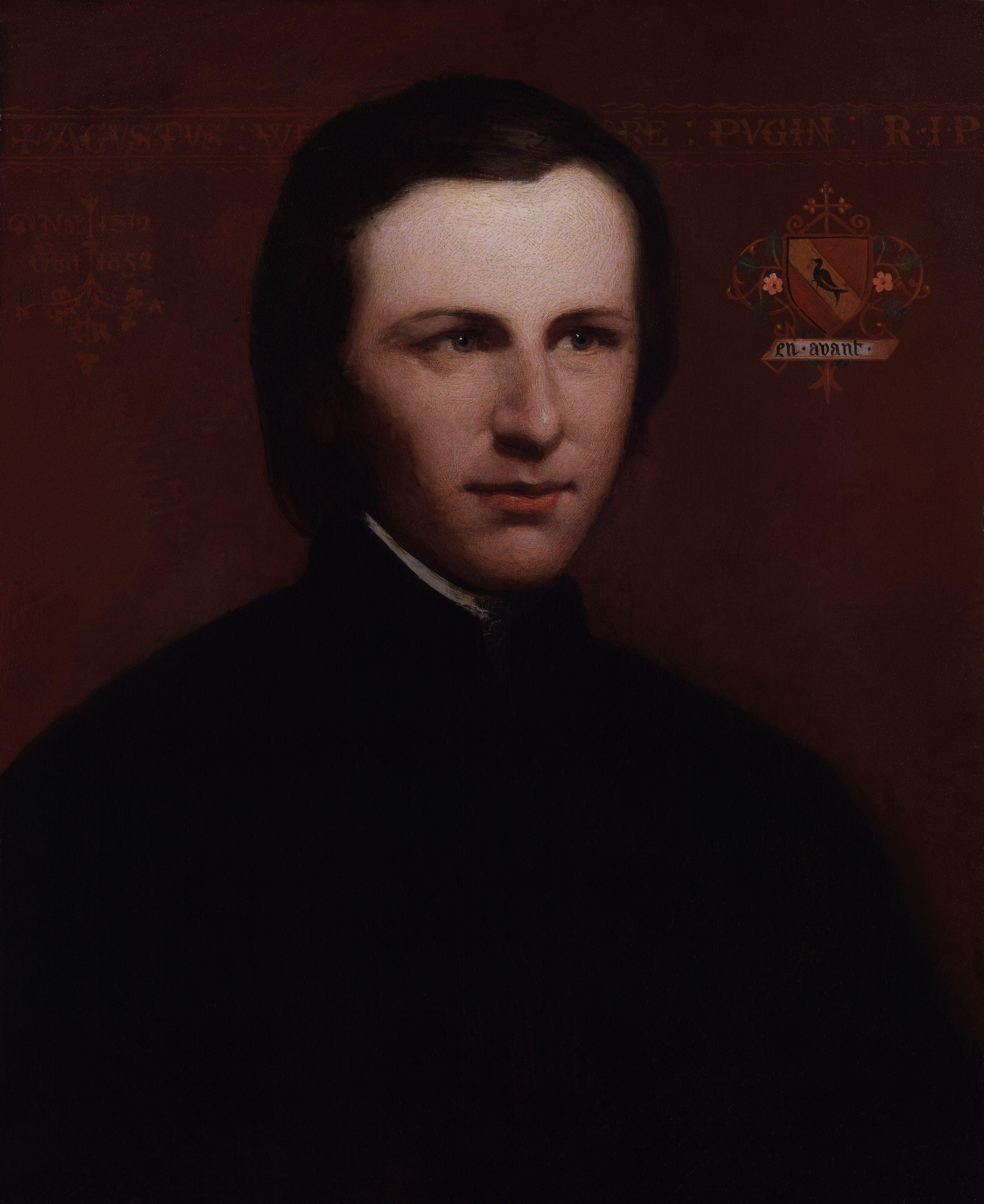Reference




OpenAI's Answer
Augustus Pugin: An Overview
Augustus Welby Northmore Pugin was a prominent English architect and designer, born in 1812 and died in 1852. He is best known for his contributions to the Gothic Revival movement in architecture. Pugin was a prolific designer who worked on a range of buildings, including churches, houses, and parliamentary buildings. His most famous work is likely the interior of the Palace of Westminster in London, including the iconic clock tower known as Big Ben.

Pugin's Scheme for Garendon Park
Garendon Park, located in Leicestershire, England, was the site of an ambitious but ultimately unrealized project by Augustus Pugin. Around 1841, Pugin proposed a significant redevelopment of the existing Garendon Hall for his friend Ambrose Lisle March Phillipps de Lisle, a notable figure in the Gothic Revival movement and a devout Roman Catholic.
The scheme included plans to demolish the existing hall and replace it with a new, grand moated manor house designed in a medieval Gothic style. This design was intended to reflect the ideals of the Gothic Revival, emphasizing verticality, elaborate decorative stonework, and a sense of historicism. However, like many of Pugin's grander schemes, the full redevelopment was never executed.

For more detailed information about Augustus Pugin and his works, you can refer to the following sources:
- Wikipedia on Augustus Pugin
- Wikipedia on Garendon Hall
- Leicestershire and Rutland Gardens Trust - Garendon Park
Pugin's legacy lies in his ability to reshape the architectural landscape of his time, leaving behind numerous buildings that continue to be celebrated for their intricate Gothic designs and historic significance.
Follow Up
Related
What changes did Confederate Army officer Augustus Harrison Drewry make to Westover Plantation?
What was the significance of the Lex Iulia de maritandis ordinibus implemented by Augustus?
How did George Augustus' titles change when he became King George II?
What role did Gaius Novellius Octavianus have at the beginning of the third century?